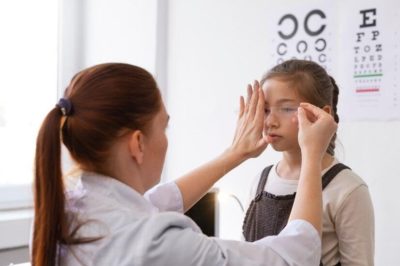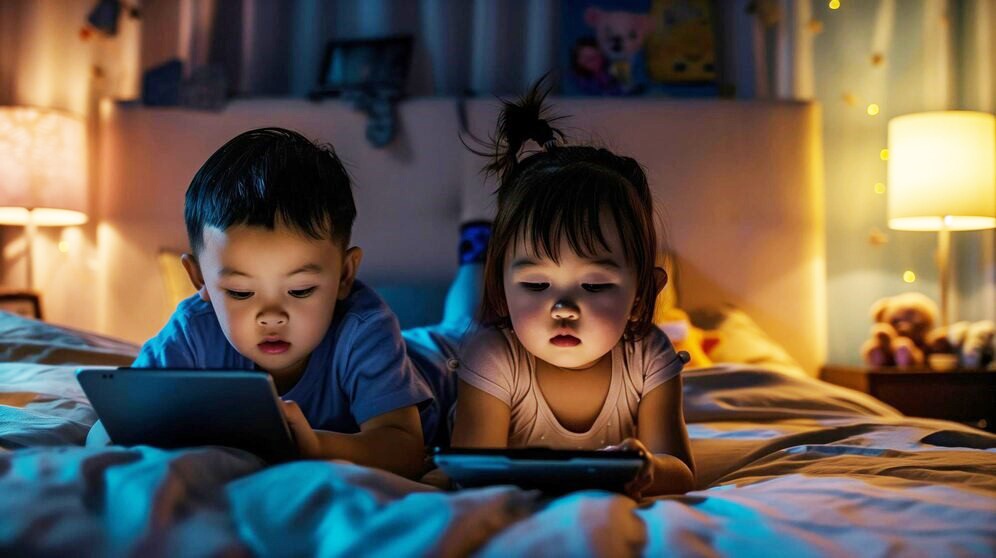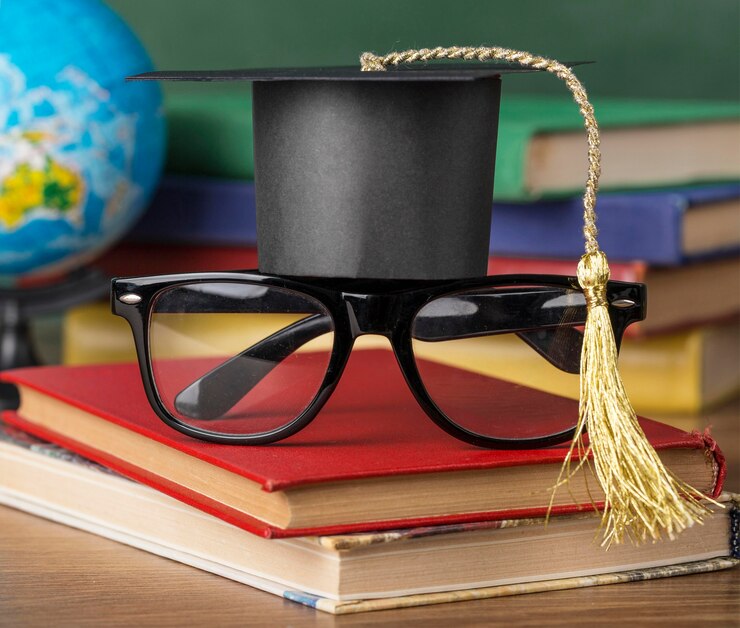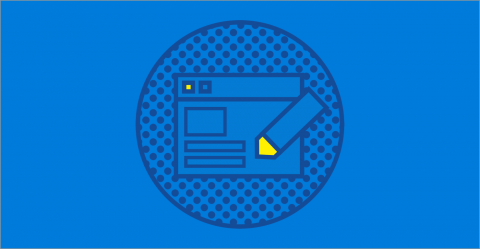In a world dominated by screens and close-up work, understanding myopia is not only critical, but also liberating. So, take your spectacles or lenses, and let’s go on a voyage to decipher myopia’s symptoms, risk factors, therapies, and more. Let’s get into an intriguing blog about nearsightedness!
What is Myopia?
Assume a world in which faraway objects fade into obscurity but the world up close is beautifully clear. That is the characteristic of myopia, often known as nearsightedness. In this visual journey, the shape of the eyeball or the curvature of the cornea disturbs the passage of light, causing it to focus in front of rather than directly on the retina. The result? Blurry vision when looking in the distance, yet clear when studying objects up close.
What is Myopia Awareness Week?
Myopia Awareness Week is an annual event that provides an important platform for raising awareness about nearsightedness, commonly known as myopia. Myopia Awareness Week 2024 is May 13-19.This week-long project aims to enlighten and educate the public about the complexities of myopia, including its underlying causes, common symptoms, and various management strategies. It goes beyond simply acknowledging the condition and seeks to promote a better understanding of its impact on individuals and communities alike.
One of the key goals of Myopia Awareness Week is to promote preventative measures and early intervention tactics to slow the growth of myopia and avoid potential problems. By highlighting the necessity of regular eye exams and appropriate interventions, the program aims to provide people with the knowledge and skills they need to protect their eyesight and general well-being.
In a nutshell, Myopia Awareness Week is an intense effort to raise awareness, encourage prevention, and motivate action toward the goal of creating a society where everyone has clear vision and healthy eyes for the rest of their lives. The initiative’s goal, through joint efforts and collective dedication, is to create positive change and improve the quality of life for persons afflicted by myopia now and in the future.
Why Myopia Awareness is so important?
They are very important because:
- Myopia rates are rising globally, particularly among children.
- Early detection and treatments can help prevent long-term visual problems.
- Untreated myopia can have an impact on both quality of life and academic achievement.
- Myopia has a substantial economic impact on individuals and society.
- Raising awareness encourages proactive eye care and better vision for everyone.
Spotting the Symptoms
How can you tell whether myopia is casting a shadow over your vision? Keep a watch on these suspicious signs:
- When staring at faraway objects, one has blurred vision.
- Squinting or straining to look farther away.
- Frequent headaches, particularly after visual work.
- Difficulty seeing clearly when driving or doing sports.
- Experiencing eye tiredness or strain, especially after extended reading or screen time.
What are the Risk Factors?
Myopia does not discriminate; it can affect anyone, but certain circumstances raise the likelihood that it will knock on your optical door.
- Genetics: If myopia runs in your family, you may be susceptible to its allure.
- Environmental Factors: Modern lifestyles that include prolonged close work, minimal outside time, and excessive screen use can increase the risk.
- Age: Myopia usually appears during childhood or adolescence, however it can occur at any age.
- Ethnicity: Certain ethnic groups are more likely to develop myopia than others, demonstrating the global diversity of vision challenges.
Treatment Option
Myopia may impair your vision, but there are numerous treatment options available to help you see well again.
- Eyeglasses: The traditional option for correcting myopia, eyeglasses provide instant clarity and a touch of elegance. Choose from a range of frames to reflect your personality and improve your eyesight.
- Contact Lenses: For individuals desiring a frame-free vision experience, contact lenses offer crisp, clear vision.
- Orthokeratology (Ortho-K): This novel procedure entails wearing specially tailored contact lenses overnight to reshape the cornea, providing temporary relief from corrective lenses during the daytime.
- Refractive Surgery: For a more permanent cure, refractive operations such as LASIK or PRK restructure the cornea to correct myopia, restoring visual freedom.
Beyond Correction
Myopia awareness goes beyond simple correction; it’s about cultivating overall eye health and adopting habits that support lifelong clarity:
- Regular Eye Exams: Maintain your vision by arranging regular eye exams with a reputable optometrist or ophthalmologist.
- Limit Screen Time: To give your eyes a vacation from the digital deluge, incorporate screen-free intervals into your daily routine.
- Embrace outdoor adventures. Take in the beauty of the great outdoors, soaking up sunlight and giving your eyes a much-needed vitamin D boost.
- Follow the 20-20-20 Rule: Take regular breaks from your screen time to look into the distance, enabling your eyes to relax and refocus.
Atropine Drops and Myosmart Glasses in Myopia Management for Children
Innovative treatments for managing myopia, such as atropine drops and Myosmart spectacles, are gaining appeal, particularly among children. Atropine drops, when taken under professional supervision, can decrease the progression of myopia by relaxing the eye muscles. Myosmart glasses, on the other hand, make use of revolutionary lens technology to give peripheral defocus, which promotes healthy eye growth and may slow the advancement of myopia. These therapies highlight promising approaches to treating myopia in children, providing promise for sharper vision and healthier eyes in the long run.
|
Did you know? 1. The name “myopia” comes from the Greek word “myops,” which means “closed eyes” or “short-sighted.” It clearly expresses the essence of this condition, in which distant objects appear closed off or out of focus. 2. Myopia is not a new condition; historical records indicate that ancient civilizations, such as the Egyptians and Greeks, faced vision challenges similar to myopia. However, the frequency surged with urbanization and the digital era. 3. The human eye is a wonder of biological engineering, processing around 36,000 pieces of information per hour. Despite its enormous intricacy, it is subject to even the most minor changes, such as those seen in myopia. 4. The prevalence of myopia varies greatly between areas and civilizations. While East Asian countries like China and South Korea have extremely high rates of myopia, other locations, such as parts of Africa, have substantially lower rates. This variety emphasises the diverse nature of myopia and the necessity for specialized approaches to eye treatment. |
Visionary Innovation
Orthokeratology (Ortho-K) is more than simply a treatment for myopia; it’s also becoming popular among sportsmen who want visual acuity without the bother of glasses or daytime contact lenses. Imagine waking up with clear vision and ready to face the day’s problems head on!
Myth Busted
Contrary to popular perception, wearing glasses or contact lenses does not exacerbate myopia. In truth, corrective glasses provide much-needed clarity and relief from eye strain, helping people to navigate the world with confidence and ease.
As we negotiate the landscape of myopia awareness, let us begin on a shared path to clearer vision and healthier eyes. Armed with knowledge, proactive behaviours, and a dash of optimism, we can overcome the hurdles of myopia and embrace a clearer future, one sight at a time. So, let us elevate our glasses (or contact lenses) to a world where every look is crystal clear and the horizon contains limitless possibilities. Here’s to seeing clearly and living vibrantly!







